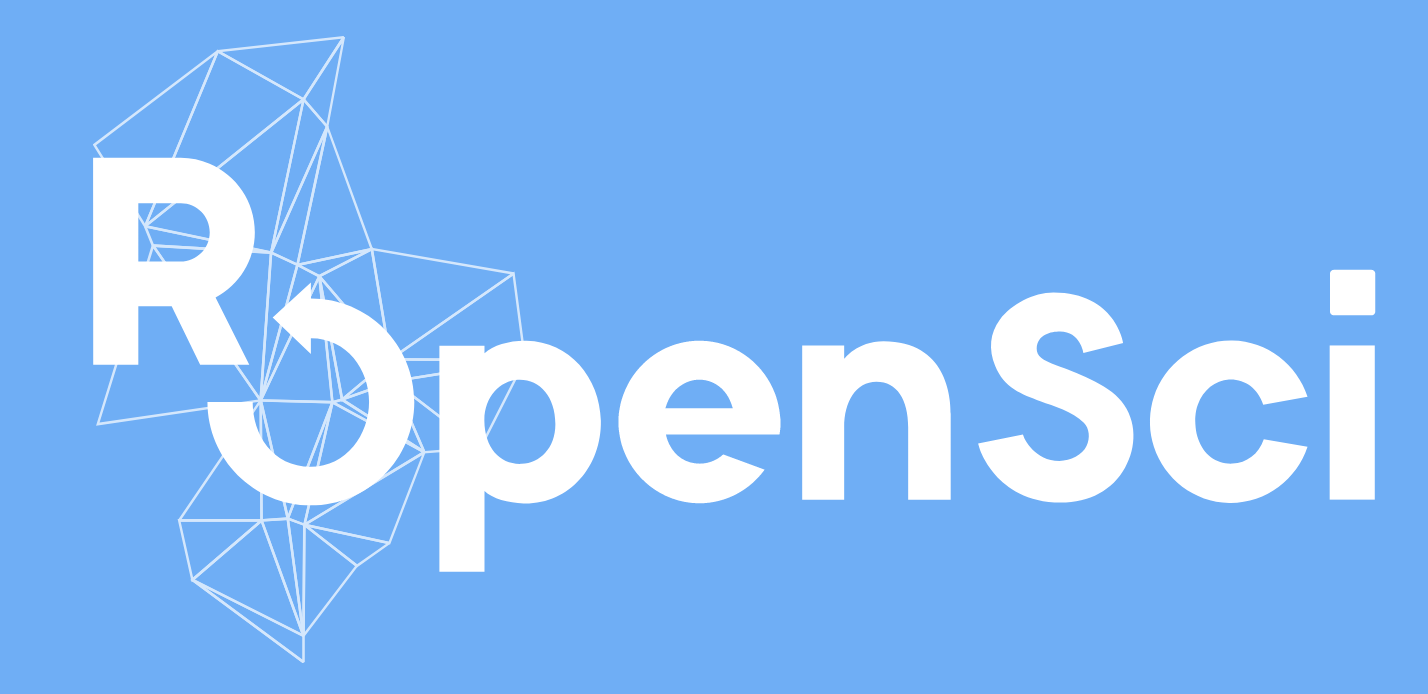Good research practice
Motivation: Why is this topic important?
- The individual practice of science: How do scientists actually do their work?
- The different types of scientists and scientific work: How does one become a scientist?
- The organization of the scientific enterprise: Who is funding, controlling and organizing scientific activities?
Key principles of good research practice
- Honesty
- Carefulness and efficiency
- Openness
- Credit
- Social/Community responsibilty
- Education
- Legality
- Sharing of findings
- Respect for subjects
These principles are implemented in code of conducts or formal regulations to ensure good scientific practise.
For example, in Germany the Deutsche Forschungsgemeinschaft (DFG) defined the rules in the document “Safeguarding Good Research Practice” (Link to the website)
The scientific community has recognized the need to establish common standards for scientific practice, a need underscored by numerous cases of science fraud and scandals. These incidents, often involving bad science and what has been termed “cargo cult science,” have led to a growing number of paper retractions, highlighting a concerning trend in scientific research.
This situation is further complicated by instances of bad scientific practice, which include data invention, cherry-picking of results, and the deliberate misuse of research tools such as statistics.
Such practices not only undermine the integrity of scientific research but also violate the legal obligation to preserve one’s scientific record and data accurately and honestly.
In response to these challenges, there is a pressing need within the scientific community and society at large to ensure that research results are reliable and free from any hidden agendas. This is essential for these results to serve as an objective basis for informed decision-making and actions. Reliable, value-free research without a hidden agenda is vital for advancing knowledge and addressing the numerous challenges facing our world.
Tools for good research practice
Many tools and approaches for good scientific working are similar to the ones that ensure reproducible research.
- Project plan \(\Rightarrow\) Discuss with advisor!
- Laboratory notebook
- Good reference management
- Backup of data and writings
- Store analysis scripts
- Use scripts for statistical analysis (R, SAS) rather than a GUI-based program
- Describe your analysis well enough that it can be reproduced
- You finish your project: Archive your documents and materials.
The role of the scientific community
How can the scientific community check and help with good scientific practice?
- Peer reviews
- Replication of studies
- Critical check of results by other means (e.g., methods)
Reproducible research
Definition:
Not only the publication as the ultimate product of research is important, but also the tools (computer code, statistical analysis scripts) and the data that are necessary for reproducing the research.
Release the complete material for reanalysis:
- Publication: Advertisement of scholarship
- Data: Basis for scholarship
- (Software) tools used for analysis: Core of scholarship and growing importance of computers
Reproducible research
Tools for good and reproducible research practice
- Paper-based lab notebook
- Electronic notebook: e.g., eLabFTW, Wiki, R notebook, Emacs org-mode
- Use Version control
- There are some legal requirements for commercially important research
- Data storage and backup!
- Where to deposit data at the end of project?
- Public data stores like Dryad for publication (http://www.datadryad.org)
\(\Rightarrow\) Discuss this issue with your thesis advisor!
- Reproducible research: R Tools (but also in other languages such as Python or Julia)
- Tools for open science: ROpenSci

Homework
- Do you find anywhere on the websites of the University of Hohenheim guidelines for good scientific practice?
- Is there an “Ombudsmann” (person of trust) for good scientific practice and scientific fraud in Hohenheim?
Further reading
Summary
To be added
Keywords
To be added
Study questions
To be added
In class discussion
Background
In the following a selection of rules for good research practice of the DFG are shown, and in particular those which are relevant for early career researchers (ECR).
The rules are formulated guidelines, and not strict laws. For this reason, it is necessary to translate them into more specific guidelines and rules for the day-to-day life of a researcher. We will do this by discussing some more or less real life examples.
Guideliness for good research practice by DFG
These recommendations are published here on the website of the Deutsche Forschungsgemeinschaft (DFG).
Guideline 4: Responsibility of the heads of research work units
The head of a research work unit is responsible for the entire unit. Collaboration within the unit is designed such that the group as a whole can perform its tasks, the necessary cooperation and coordination can be achieved, and all members understand their roles, rights and duties. The leadership role includes ensuring adequate individual supervision of early career researchers, integrated in the overall institutional policy, as well as career development for researchers and research support staff. Suitable organisational measures are in place at the level of the individual unit and of the leadership of the institution to prevent the abuse of power and exploitation of dependent relationships.
Explanation:
The size and the organisation of the unit are designed to allow leadership tasks, particularly skills training, research support and supervisory duties, to be performed appropriately. The performance of leadership tasks is associated with a corresponding responsibility. Researchers and research support staff benefit from a balance of support and personal responsibility appropriate to their career level. They are given adequate status with corresponding rights of participation. Through gradually increasing autonomy, they are empowered to shape their career.
Guideline 5: Dimensions of performance and assessment criteria
Explanations:
To assess the performance of researchers, a multidimensional approach is called for; in addition to academic and scientific achievements, other aspects may be taken into consideration. Performance is assessed primarily on the basis of qualitative measures, while quantitative indicators may be incorporated into the overall assessment only with appropriate differentiation and reflection. Where provided voluntarily, individual circumstances stated in curricula vitae – as well as the categories specified in the German General Equal Treatment Act (Allgemeines Gleichbehandlungsgesetz) – are taken into account when forming a judgement.
High-quality research is oriented towards criteria specific to individual disciplines. In addition to the generation of and critical reflection on findings, other aspects of performance are taken into consideration in the evaluation process. Examples include involvement in teaching, academic self-governance, public relations, and knowledge and technology transfer; contributions to the general good of society may also be recognised. An individual’s approach to research, such as an openness to new findings and a willingness to take risks, is also considered. Appropriate allowance is made for periods of absence due to personal, family or health reasons or for prolonged training or qualification phases resulting from such periods, and for alternative career paths or similar circumstances.
Guideline 12: Documentation
Researchers document all information relevant to the production of a research result as clearly as is required by and is appropriate for the relevant subject area to allow the result to be reviewed and assessed. In general, this also includes documenting individual results that do not support the research hypothesis. The selection of results must be avoided. Where subject-specific recommendations exist for review and assessment, researchers create documentation in accordance with these guidelines. If the documentation does not satisfy these requirements, the constraints and the reasons for them are clearly explained. Documentation and research results must not be manipulated; they are protected as effectively as possible against manipulation
Explanations:
An important basis for enabling replication is to make available the information necessary to understand the research (including the research data used or generated, the methodological, evaluation and analytical steps taken, and, if relevant, the development of the hypothesis), to ensure that citations are clear, and, as far as possible, to enable third parties to access this information. Where research software is being developed, the source code is documented
Guideline 13: Providing public access to research results
As a rule, researchers make all results available as part of scientific/academic discourse. In specific cases, however, there may be reasons not to make results publicly available (in the narrower sense of publication, but also in a broader sense through other communication channels); this decision must not depend on third parties. Researchers decide autonomously – with due regard for the conventions of the relevant subject area – whether, how and where to disseminate their results. If it has been decided to make results available in the public domain, researchers describe them clearly and in full. Where possible and reasonable, this includes making the research data, materials and information on which the results are based, as well as the methods and software used, available and fully explaining the work processes. Software programmed by researchers themselves is made publicly available along with the source code. Researchers provide full and correct information about their own preliminary work and that of others.
Explanations:
In the interest of transparency and to enable research to be referred to and reused by others, whenever possible researchers make the research data and principal materials on which a publication is based available in recognised archives and repositories in accordance with the FAIR principles (Findable, Accessible, Interoperable, Reusable). Restrictions may apply to public availability in the case of patent applications. If self-developed 18 Standards of Good Research Practice research software is to be made available to third parties, an appropriate licence is provided. In line with the principle of “quality over quantity”, researchers avoid splitting research into inappropriately small publications. They limit the repetition of content from publications of which they were (co-)authors to that which is necessary to enable the reader to understand the context. They cite results previously made publicly available unless, in exceptional cases, this is deemed unnecessary by the general conventions of the discipline
Discussion questions:
Mentorship
Assume that you are about to start your master thesis in one of the of the research groups at our University.
- How would you define good mentorship for your master thesis to ensure that good research practice is achieved?
- What are realistic expectactions that you can rightly expect from an advisor?
- What would you consider as **unrealistic* expectactions that you may expect from an advisor?
Records of your experimental activities
Assume that the research during your master thesis contributes to a scientific publication, but that you have left the group in which you produced the results. The manuscript was submitted for publication and the reviewers requested some changes that require a partial re-analysis of your data.
- How would you ensure that the revision of the manuscript based on your work proceeds efficiently?
- How could you contribute during your work on the master thesis that all the required information is available for everyone else in the process?
Project leadership, ownership and responsibility
A master thesis is often part of a larger research project that is carried out by the group leader and a postdoctoral researcher or a PhD student.
As a beginning master student:
- What are possible roles of leadership in the project?
- How would you define ownership in the project?
- What are the different responsibilites in a project and how would you define them?
- One recommendation states that quality is superior to quantity in research outputs. How can leadership, ownership and responsibility be organized to achieve this goal?
